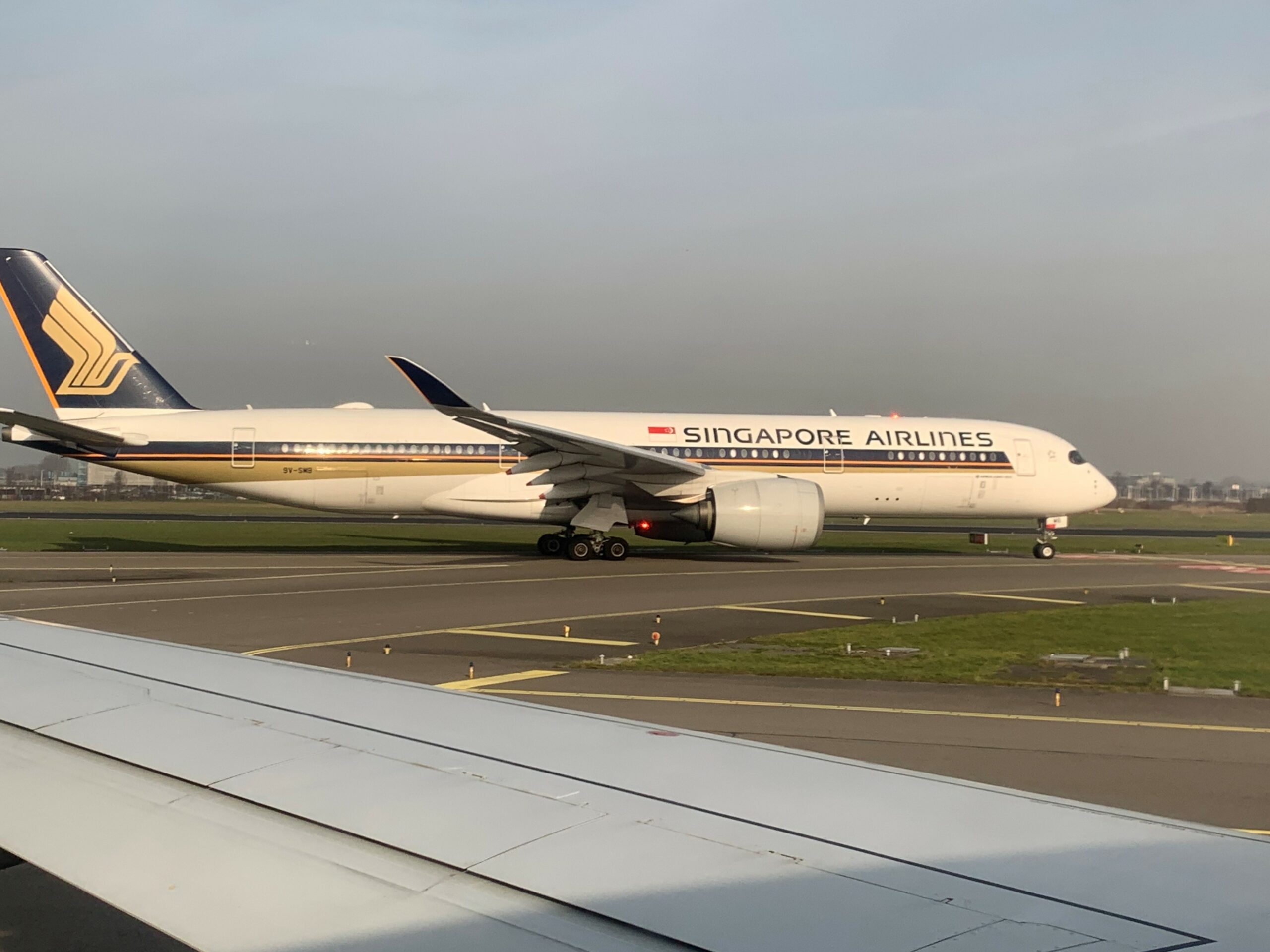
Airbus A350 900 Singapore scaled
Singapore Airlines is well on track to post its first full-year profit since FY2018/2019, having ended the third quarter and nine-month period until December on a high. The airline is recovering quickly from the effects of the Covid crisis, now that key markets in Asia are opening up. Singapore Airlines on track for first full-year profit since Covid.
The third quarter (October-December) produced a net profit of $628 million, up from $85 million in the same period of FY21/22. The profit is also up from $527 million in the previous quarter. Total revenues grew by eight percent to $4.846 billion.
Total expenditures were $4.091 billion, up from $2.240 billion in FY21/22 and from $3.810 billion in Q2. While fuel costs for Singapore Airlines and its subsidiary Scoot were almost double that of a year earlier, they were down by 6.3 percent quarter-on-quarter to $1.333 billion. The group had a $196 million gain on fuel hedging. Revenues minus expenses produced an operating profit of $755 million versus $76 million in the previous financial year.
Demand in Q3 continued to be robust, says SIA, with capacity recovering to eighty percent in December. Singapore and Scoot carried 7.4 million passengers, up seventeen percent year on year. After Indonesia and China reduced their travel restrictions, the two carriers reinstated the countries in their networks. Currently, they operate to fourteen destinations in China compared to 25 before the pandemic. Frequencies to South Korea, Taiwan, and Japan were increased. Cargo performed worse, with revenues down by 14.1 percent to $862 million due to weakening demand.
April-December profit
For April-December, Singapore Airlines Group reported a $1.555 billion net profit compared to a $-752 million loss in the previous year, total revenues of $13.263 billion versus $5.143 billion, expenditures of $11.274 versus $5.686 billion, and an operating profit of $1.989 billion versus $-543 million. The airlines carried 18.8 million, up from 1.9 million the year before. Cargo revenues were down by 8.2 percent or by $265 million.
The 9M results mean that Singapore is already doing better than in the whole of FY2018/2019, the last year before the pandemic when it posted a net full-year profit ($683 million). The lowest point was FY20/21 and a loss of $4.271 billion.
With two of the three months of Q4 until the end of March already gone, Singapore continues to see strong demand. Q4 is always the weakest quarter, hence capacity should be slightly down to on average 77 percent. SIA and Scoot continue to expand the network, with more low-cost services to Indonesia and to China as well as to Europe and the Pacific region. The parent airline will increase frequencies to Europe (Barcelona, Frankfurt, Rome), while seasonal services to Vancouver will be suspended.
Singapore Airlines ended the quarter with $19.4 billion in liquidity, which is down by $3.0 billion from March following the redemption of the June 2020 mandatory convertible bonds in December. Total debt increased by $0.4 billion to $16.1 billion due to an increase in lease liabilities and sale and leasebacks of aircraft. SIA’s fleet comprised of 133 passenger aircraft and seven full freighters, Scoot’s of 55 aircraft. It took delivery of two Boeing MAX 8s in Q3 and will receive one Airbus A350-900 and a Boeing 787-10 in Q4.
Views: 7



